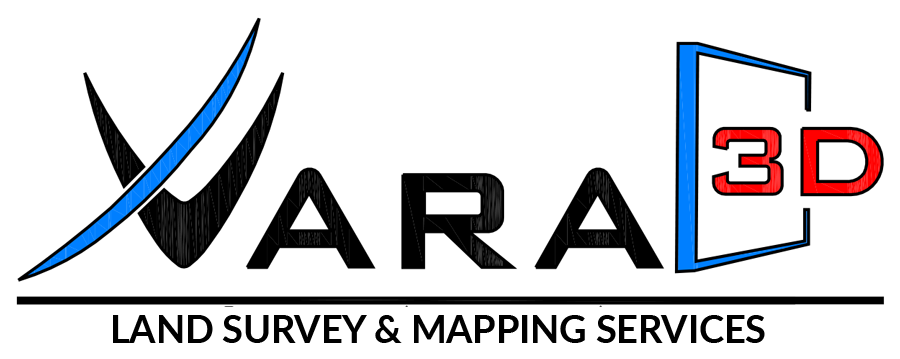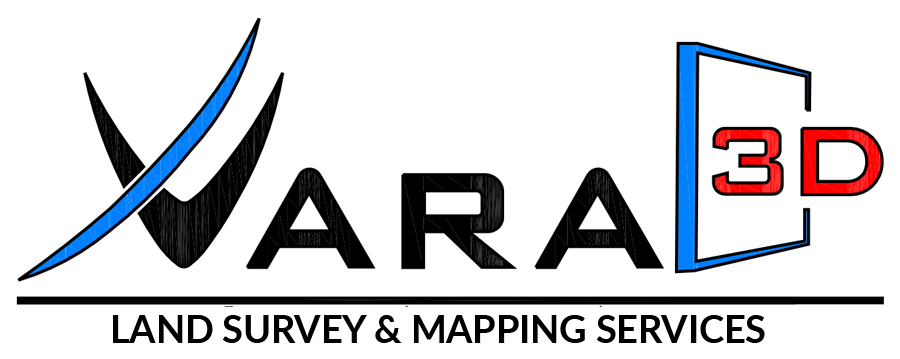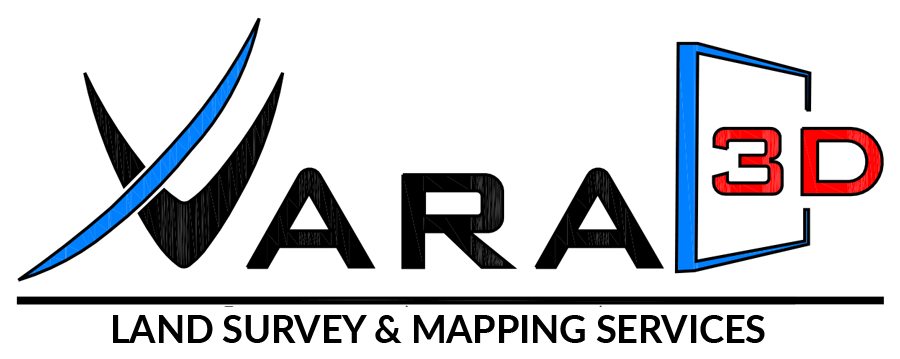Follow Us x
St George Temple
The architect was looking for an accurate 3D model of the St. George temple that was constructed in 1877. Vara 3D, Inc. completed initial scan of the building in only six days and warehoused all the data. The team at Vara 3D worked closely with the architects over number of years providing separate 3D Models for the different building segments and surroundings. The 3D models were delivered using Revit files.
VIDEO: LiDAR Digital Scanning, 3D Modeling, Topography Surveying:
The architect was looking for an accurate 3D model of the St. George temple that was constructed in 1877. Vara 3D completed initial scan of the building in only six days and warehoused all the data. The team at Vara 3D worked closely with the architects over number of years providing separate 3D Models for the different building segments and surroundings. The 3D models were delivered using Revit files.
VIDEO: LiDAR Digital Scanning, 3D Modeling, Topography Surveying:
Process:
The architect for The St. George temple was looking for an accurate 3D model of the oldest active temple that is used by the LDS Church. Since it was constructed in 1877, there were no existing plans of the historic edifice that could be used. The project required detailed documentation, 3D models of different parts of the church over multiple phases. In order to prevent warehousing the overwhelming amount of data of the entire model, it was critical for the architects to use separate models of the different building segments and surroundings.
The team at Vara 3D completed the initial scan of the 110,000 sq. ft. of the church building in only six days. The team supported the architect with all the 3D modeling and surrounding topographies including the integration of the scanned data model of the mechanical rooms provided by the mechanical engineer. Later in the project, the design team decided to make changes to the parking lot to the north. Vara 3D was able to add additional scan data to the original scan data and provide further topographies for the project. The 3D model for the entire exterior and interior of the 110,000 sq. ft. church building was delivered on Revit files.
The Vara 3D team was able to digitally scan the entire main building of the church in a very short timeframe using its LiDAR (Light Detection and Ranging) technology. Vara 3D warehoused the data internally, and used it for specific deliverables, modeling different parts of the building.. The team worked closely with the architects to develop 3D models during the different phases of the project. The 3D Models were delivered in Revit. Even though the original scan was complete in 2015, the VARA team is called on to help with additional data needed for the ongoing project.
Almost a year after the original project, the team at Vara 3D was also asked to scan the topography of the parking lot located on the north side of the building.
Although the Temple's mechanical rooms were scanned by another company, Vara 3D was able to integrate their data in the overall modeling process for the project.
Result:
The Vara 3D team has made a notable contribution to the design process by modeling different parts of the temple.
By collecting required data in the initial phase and warehousing it internally, the Vara 3D team eliminated the need for architects to manage large amounts of data. It also eliminated need to go back again for scanning other parts of the building later on during the project.



